Definition of free trade zones
Head of content
A free trade zone (FTZ) can be a port or non-port zone. In this region, there are special customs regulations with many advantages for business. As defined by the World Bank, free trade zones are: “small, enclosed, duty-free areas capable of providing warehouse, storage and distribution facilities for trade, transport and re-export operations”.
In fact, Free Economic Zones (FEZ) are a part of the geographical area of countries that are created to create economic advantages for domestic and foreign activists and investors, and their main advantages are customs and tax exemptions, exemption from a series of It is a commercial law that facilitates export and import affairs.
It should be noted that free trade zone and free industrial zone are different from each other. Usually, the production of goods is prohibited in free trade zones. In some free zones, both trade and industrial production take place, which are called industrial free trade zones.
In general, free trade zones contribute to the economic progress and development of the country by taking advantage of facilities, eliminating customs and currency formalities, removing restrictions on the export of goods and import goods.
The history of creating free trade zones in Iran and the world
The initial history of free trade zones in the world goes back to ancient Rome and the exemption of some merchants from paying import and export taxes. However, the emergence of free zones in today’s form was after the Second World War and due to the need for economic stimuli in order to develop the economies affected by the war through the expansion of exports.
The idea of free trade zones in Iran dates back to the 1960s, when the government asked the Organization for World Trade and Development (UNCTAD) to investigate the possibility of establishing free ports in Iran. Although Bandar Abbas has been selected as the first free trade zone according to these studies, Kish Island was officially introduced as Iran’s first free trade zone in 1351 and started working in 1356.
After the Islamic revolution in 1357 and based on the first development plan, the creation of free trade zones at the three border points of Kish, Qeshm and Chabahar was entrusted to the government. But it took about four years for these areas to have an official law for management and operation. Four other free zones, including Aras, Bandar Anzali, Mako and Arvand, were added to these three former active zones from the beginning of 1379 to facilitate the exchange of imported goods to the internal regions of the country and improve the country’s economy.
The free trade zones of the country and the world have many facilities, the most important of which are exemption from import duties and customs for all permitted goods, tax exemption for active and established companies in these areas, absence of complex customs and currency formalities.
Currently, Iran has 7 free trade zones, which include: Kish Free Zone, Qeshm Free Zone, Aras Free Zone, Anzali Free Zone, Chabahar Free Zone, Mako Free Zone and Arvand Free Zone. These areas are created depending on the geographical location of the country and relations with neighboring countries, but the quality of services in these areas is not the same.
In the future, stay with Qoqnous Trading to investigate the use of free trade zones in the country and the world.
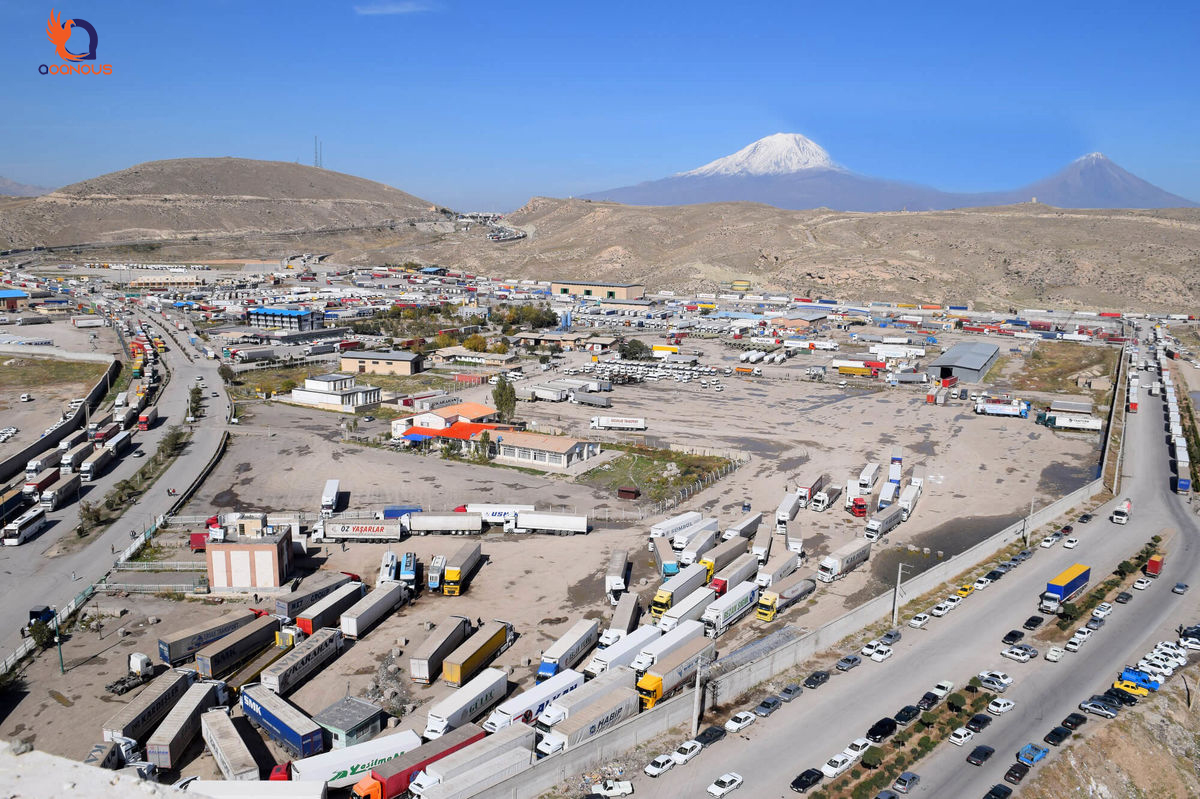

What is the meaning of using the benefits of free trade zones of the country and the world?
Free trade zones are established near borders and especially major shipping ports and allow easy access to international shipping and other domestic transportation lines such as railways and highways.
The purpose of creating free trade zones is to stimulate economic productivity by making trade and import and export more attractive through tax exemptions and other available facilities. From a practical point of view, suppliers and retailers use free zones to store excess inventory, with the option of deferring payment of customs duties or tariffs.
What are the benefits of free trade zones in the country and the world?
The establishment of free trade zones has many advantages for the economy of countries, among which we can mention the attraction of foreign investors, faster transfer of technology, increase of employment opportunities and training of specialized human resources according to the standards of international companies. Free trade zones can also act as a catalyst for enhancing technical skills and creating innovation.
The advantages of investing and operating in the free trade zones of the country and the world are as follows:
- Full tax exemption for 15 to 20 years, renewable
- The possibility of participating in tenders and tenders of each region
- The possibility of registration and full ownership of a company by foreigners
- Entry and exit of foreign nationals of companies without the need to obtain a visa
- 100% foreign ownership of foreign currency, profits, capital, goods and assets if the company is registered in the region.
- Complete freedom of entry and exit of capital and profits from economic activities in these areas
- No restrictions on transferring currency to other free zones in Iran and abroad
- Export and import of products without paying customs duties
- Entry of raw materials, parts and machinery without customs duties
- Exemption from paying customs and road fees for importing raw materials and industrial machinery needed by production units
- Tariffs related to transportation at airports in free trade zones are lower.
- Providing all kinds of banking services and access to international banking
- Simple procedure for re-export and exchange of goods and commodities
- Proximity to neighboring countries and the possibility of penetrating their markets
- Easy access to transit routes to the continent of Asia and the continent of Europe
- The possibility of obtaining representation and registration of foreign or domestic brands
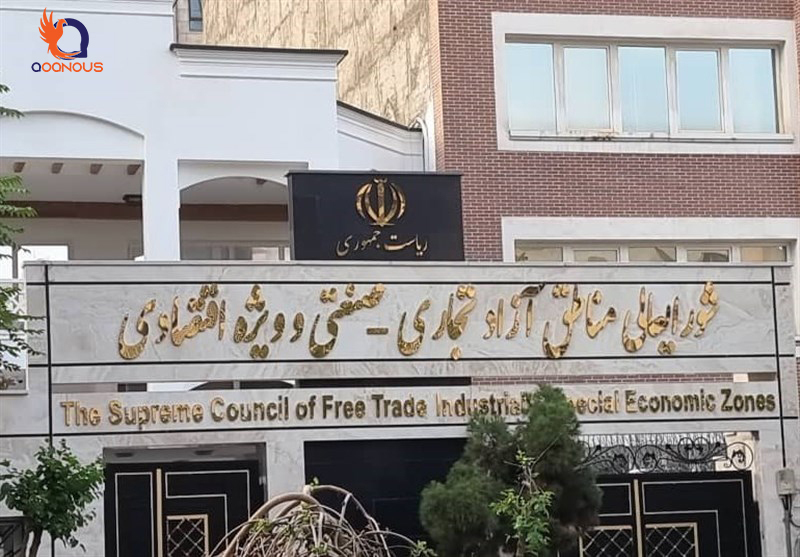

Free Trade Zones of Iran
Iran has 7 free trade zones with the names: Kish Free Zone, Qeshm Free Zone, Chabahar Free Zone, Arvand Free Zone, Aras Free Zone, Anzali Free Zone, and Mako Free Zone, which will be introduced and reviewed the benefits of each of them. let’s pay
Kish Free Trade Zone
Kish Island has long been known as the commercial hub of the Persian Gulf. Kish Free Trade Zone was established in 1363. The size of this area is 9150 hectares and it has significant activities in the fields of tourism, goods transit, import of raw materials and industrial and office equipment. The responsibility of Kish Free Zone Organization is determined by the Supreme Council of Free Trade Zones.
Among the most important advantages and features of the Kish Free Trade Zone, we can mention the following:
- High speed in doing administrative affairs related to trade and commerce
- No restrictions on buying, selling and leaving the country
- Investment of foreign people directly without the participation of domestic people
- Exemption from paying taxes for up to 15 years with the possibility of extension
- Having a geographical advantage and a relatively suitable climate in the Persian Gulf region and attracting tourists
- Access to free world water
- The ability to attract labor without the need to obtain a visa
- The possibility of retail and wholesale of goods and products for Iranian and foreign nationals
- Equipped with independent airlines and shipping lines with the possibility of transporting cars
- Having a well-equipped port for importing and exporting goods
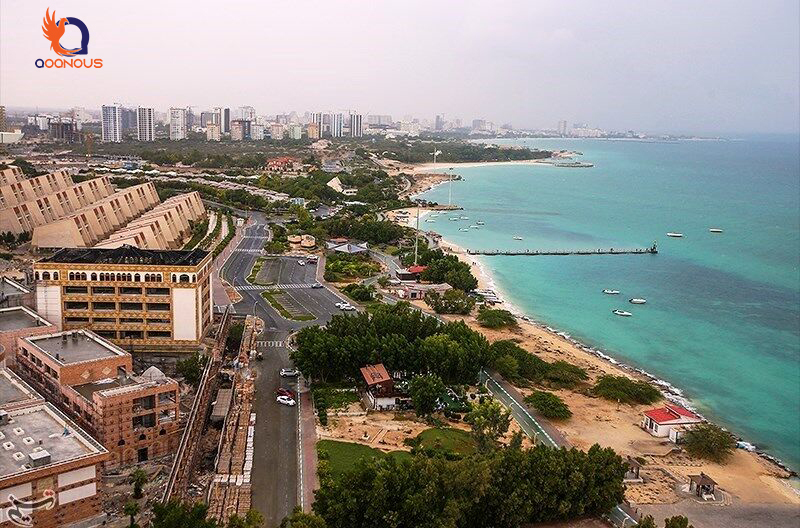

Qeshm Free Trade Zone
Qeshm Island Free Trade Zone was established in 1369 and has an area of about 30 thousand hectares. Qeshm Free Trade Zone has wide banks for mooring of logistics ships. Qeshm Island is located on the main transportation routes from Asia to Europe. Transit and transportation of goods by sea is one of the things that always goes on in Qeshm Free Zone.
Among the most important features of Qeshm Free Zone, we can mention the following:
- Having 260 kilometers of coast to expand industrial activities
- Having deep beaches for unloading and loading vessels with a capacity of over 100,000 tons
- There are 17 oil and gas fields around Qeshm Island
- 15-year tax exemption and other common privileges between Iran’s free zones
- No need to obtain a visa for the movement of foreign nationals
- Access to international free waterways and being on the international shipping route
- Access to the Iranian market and the markets of the Middle East and Central Asia
- Proximity and easy access to Bandar Abbas through railway lines and international airport
- High capacity in the field of aquaculture breeding and export
Chabahar Free Trade Zone
Chabahar became a free trade zone in 1369. Among the most important features, conditions and privileges related to Chabahar Free Zone, we can mention the following:
- The connecting bridge of the countries of Central Asia and Southeast Asia to enter the world markets
- Being on the trade route between the Middle East and Africa
- Low costs for warehousing transit and export goods
- Providing special facilities for importing goods
- Having 2 wharves with a suitable location for mooring ships over 100 thousand tons
- Good geographical location to be next to the open waters connected to the land
- Direct credit opening through regional banks
- The ability to store goods in existing warehouses at the lowest cost
- Special facilities and discounts for importers of goods through Chabahar customs
Arvand Free Trade Zone
Arvand Free Trade Zone was established in 1382. Arvand is very important due to its border with Iraq and Kuwait. Transportation in Arvand Free Trade Zone is carried out in three ways: ground transportation, rail transportation, and air transportation.
Among the most important features of Arvand Free Trade Zone, we can mention the following:
- The presence of more than 100 petrochemical, shipbuilding, food and…
- Tax exemption for 15 years
- Importing raw materials and machinery without paying customs
- Freedom of currency transfer and other common benefits between free zones
- The presence of advanced petrochemical and refinery industries
- Easy access to the market of neighboring countries such as Iraq and Persian Gulf countries
- Having favorable facilities for road, rail, sea and air transportation
- Ability to transit goods between Persian Gulf countries
- Easy access to Karun River as the only navigable river in Iran
- Equipped with mechanized port docks
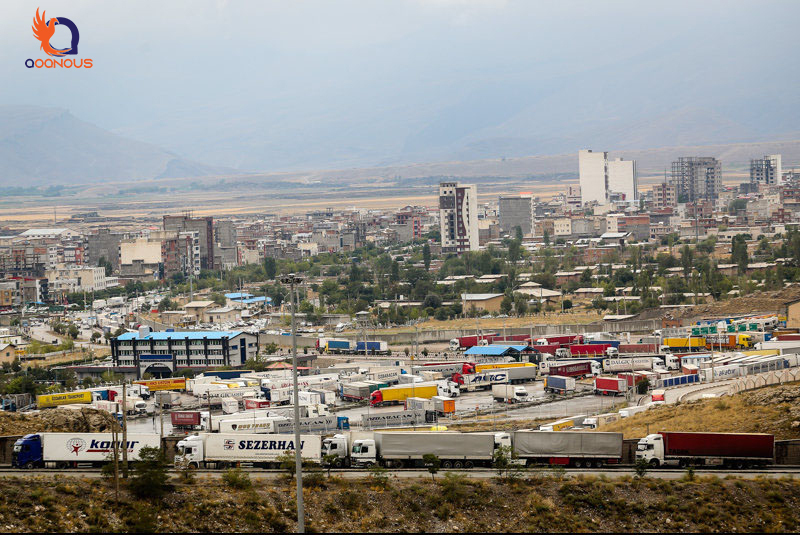

Aras Free Trade Zone
Aras Free Trade Zone was established in 1382 and its area reaches 51000 hectares. Since this region is bordered by the three countries of Armenia, Azerbaijan and the Republic of Nakhchivan, it is of great importance in Iran’s economic relations with the Central Asian market.
Among the most important features of Ares Free Zone, the following can be mentioned:
- Located on the Silk Road
- Access to European countries through Turkey
- Tax exemption, free transfer of capital and profits
- Easy entry and stay of foreigners without the need for a visa
- Placement in the route of road transit, rail and air transportation
Anzali Free Trade Zone
Anzali Free Trade Zone was established in 1384 and includes 30 km of coastline with more than 10 piers of 1500 m in length. Anzali Free Trade Zone has provided good conditions for foreign and domestic investment due to its strategic location and easy access to Russia, Turkmenistan, Baku and Azerbaijan, as well as suitable infrastructure.
Among the benefits of Anzali Free Trade Zone, the following can be mentioned:
- Equipped with port facilities
- Ability to transport by sea, air, road and rail
- Easy access to the ports of Astrakhan, Lagan, Krasnodsk, Oktau and Baku
- Easy access to the markets of European countries
- Customs and tax exemptions, easy company registration
Mako Free Trade Zone
Mako Free Trade Zone was established in 2009. The size of Mako Free Zone is more than 3970 square kilometers and it has a common border with Turkey and Azerbaijan. The length of Mako’s border with Turkey and Azerbaijan is 130 and 140 km, respectively.
Among the most important advantages of Mako Free Trade Zone, the following can be mentioned:
- The existence of Bazergan commercial border as the largest land border of the country and the gateway to Europe
- Easy access to the market of European countries and Central Asia
- Proximity to the port of Mersin in the Mediterranean Sea and the port of Trabzon in the Black Sea
- Ability to invest in the fields of agriculture and aquatic production
- Benefit from tax and customs exemptions
- Easy movement of foreign nationals without the need for a visa
- The possibility of company registration and other common features between the free zones of Iran
- Easy transportation of goods to Europe and Asia by land and rail
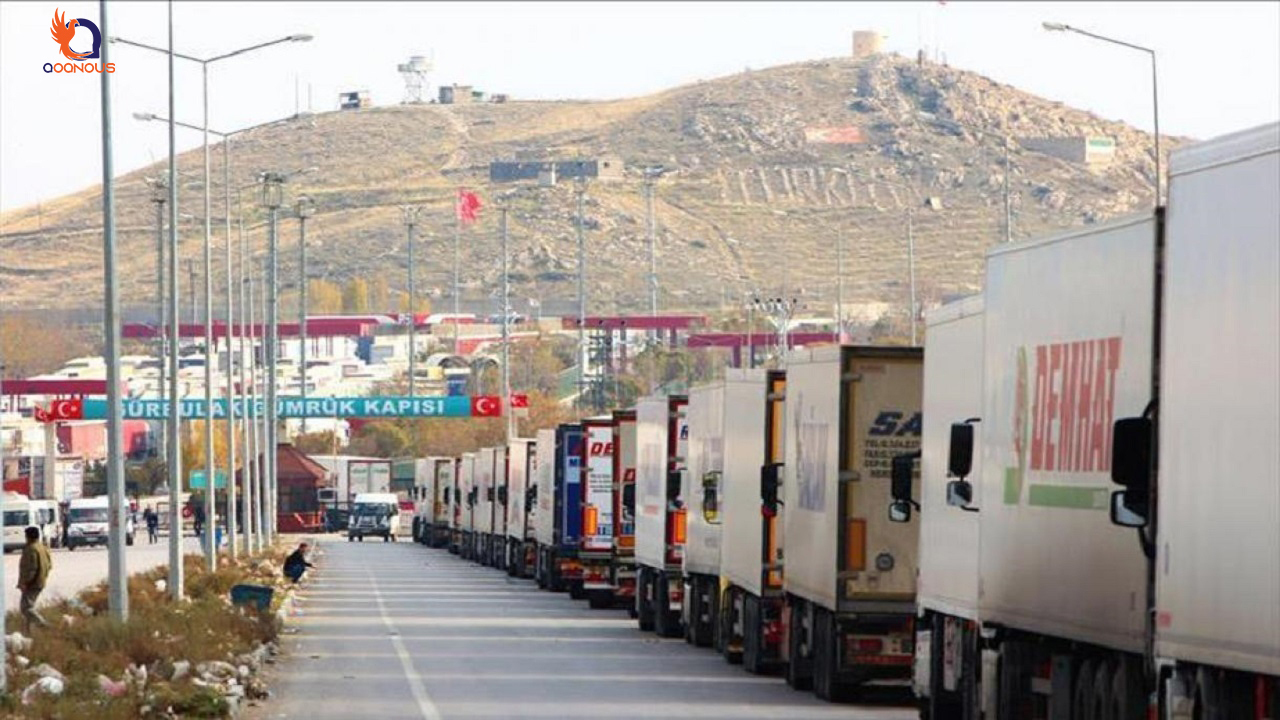

last word
The experts of Qoqnous Group are ready to give the necessary advice to establish a business due to their long history in the field of trade and commercial affairs with many countries and complete mastery of the laws and operating procedures of free zones inside and outside the country, and full respect for this subject. and provide you with investment in free trade zones.
You can also entrust us with all the processes of importing goods and clearing goods in free trade zones, so that we can do it in the shortest possible time with minimum cost.
The Qoqnous team has numerous commercial offices in different countries and a specialized team suitable for the work field you are considering, and the experience of this team is a field that can make your business and investment path shorter and easier. For any advice in this field, you can contact the collection experts during working hours.



